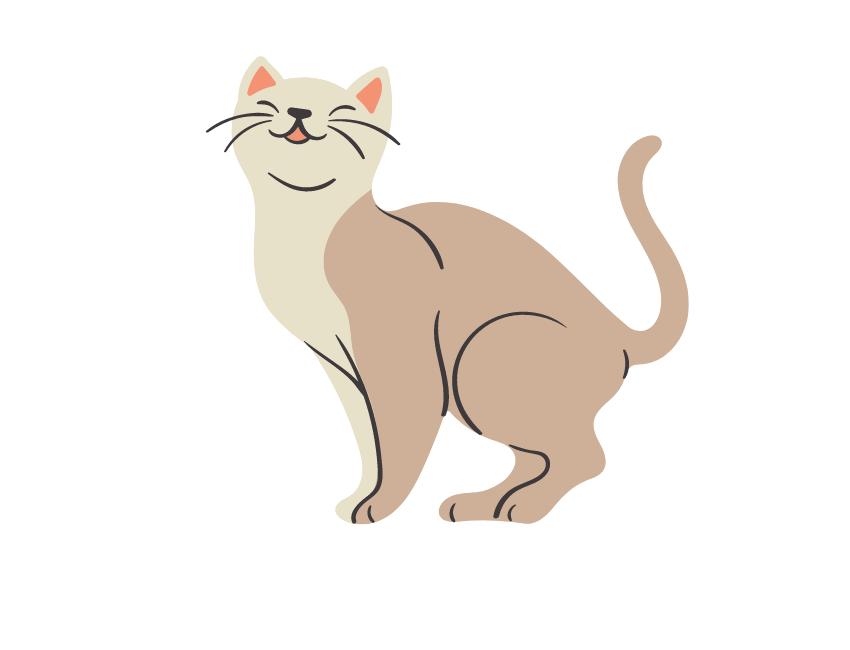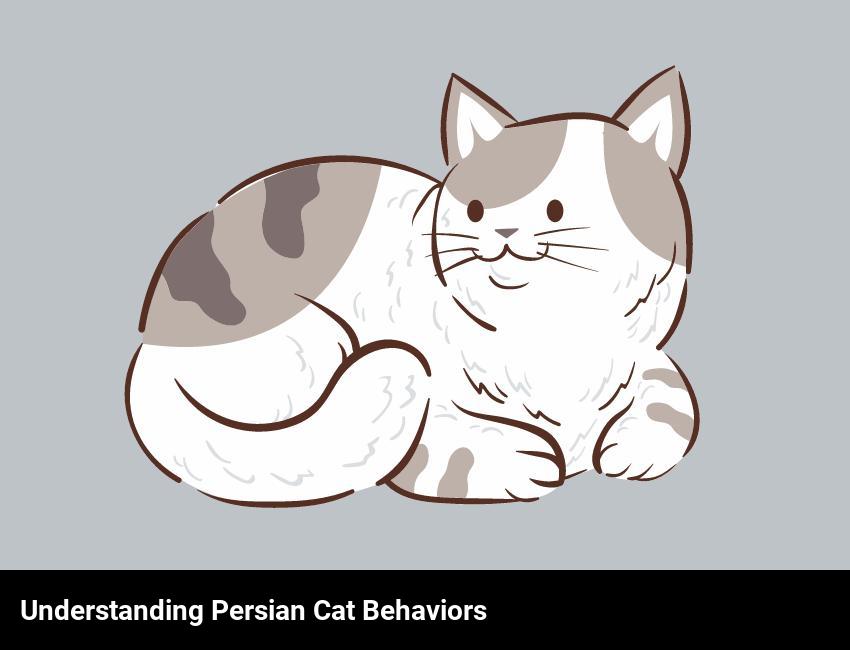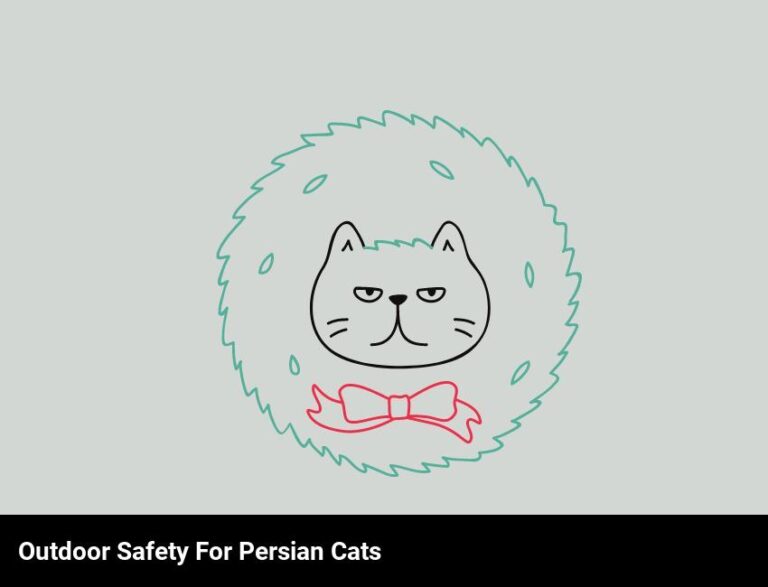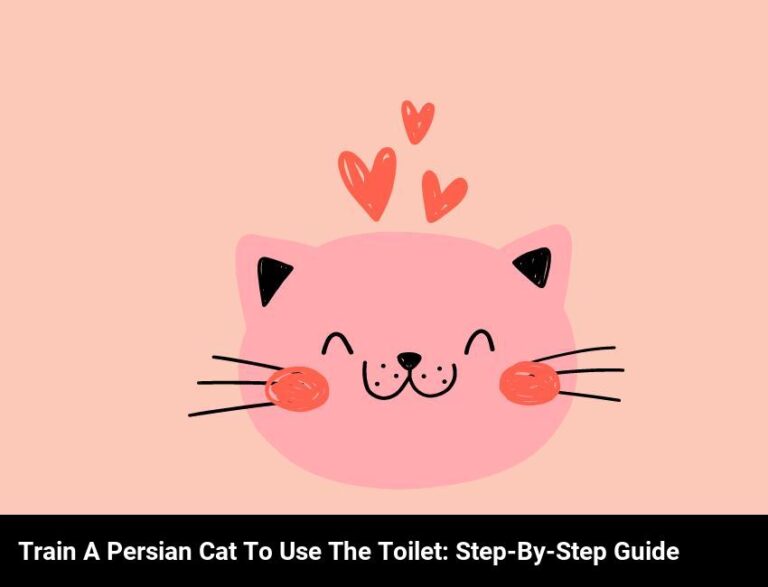Understanding Persian Cat Behavior
Persian cats are known to be affectionate and loyal. They enjoy spending time with their owners and playing with toys. They may become timid with strangers, so it is important to introduce them to new people gradually. Persian cats usually do best when given a consistent routine and plenty of love and attention.
As a proud owner of a Persian cat, I know how special and unique they can be. Their behavior is like no other, and they need a specific environment to be happy and healthy. From deciphering the signs of stress and anxiety to understanding how to bond with them, there is so much to learn when it comes to understanding a Persian cat’s behavior.
In this blog, I’ll be sharing what I’ve learned from my experience of owning a Persian cat. I’ll be discussing their unique behavior, the environment they need, common signs of stress, how to tell if they are healthy and content, the best ways to bond and train them, and things to avoid when interacting with a Persian cat.
If you’re a proud owner of a Persian cat, or are thinking about getting one, I hope this blog provides you with some helpful tips for better understanding your furry companion and creating a loving, safe environment for them.
What makes persian cats unique in terms of behavior?
Persian cats are truly unique in terms of behavior! They have a gentle, laid-back demeanor and are typically very affectionate and loyal to their owners. They are also very intelligent and can learn tricks and commands quickly. They love to cuddle and often form strong bonds with their owners. Persian cats are also known for their independent nature and have been known to have a mind of their own. They aren’t afraid to voice their opinions and will meow when they want something! They also have a tendency to be very curious and explore their environment. Persian cats are also known to be very gentle and don’t usually enjoy rough play. They’d rather sit in your lap and be petted than chase after a catnip mouse! Persian cats are truly an amazing breed with a unique, lovable behavior.
What kind of environment do they need to be happy and healthy?
Persian cats need a safe, comfortable, and loving environment to be happy and healthy. They need plenty of space to explore and play, and plenty of places to hide and relax. They also need a consistent routine that includes regular meals and playtime.
To make sure that your Persian cat is as happy and healthy as possible, provide them with a variety of toys, climbing posts, and scratching posts. Toys that make noise or move around on their own will keep them entertained. Catnip is also a great way to get them active and engaged in play.
Persian cats are quite sensitive to temperature, so make sure your home is set to a comfortable temperature. Avoid extreme temperatures and drafts, as they can cause your cat to become stressed and uncomfortable.
They also need a clean and comfortable litter box. Make sure it is easy to access, and clean it regularly to keep your cat healthy and happy.
Finally, make sure your Persian cat has plenty of affection and attention. They are very social animals and love to be petted and cuddled. Make sure to spend quality time with your cat every day and give them plenty of love and affection.
What are common signs that show a persian cat is feeling stressed or anxious?
If you have a Persian cat, it’s important to be able to recognize when it’s feeling stressed or anxious. There are some common signs that your little furball may be feeling anxious.
If your Persian cat is purring, meowing, or hissing more than usual, this may be a sign of stress. When cats feel anxious, they may try to express their feelings through vocalization. If your cat is meowing more than normal, it may be a sign that it’s feeling anxious.
Another sign that a Persian cat may be feeling anxious or stressed is if it’s hiding or avoiding human contact. Cats may hide or try to avoid social situations if they’re feeling anxious. If your cat is spending more time than usual hiding, it may be a sign that it’s feeling anxious.
If your Persian cat is grooming itself more than usual, this may also be a sign of stress. When cats are feeling anxious, they may try to groom themselves as a way to cope with the stress. If you notice that your cat is spending more time than usual grooming, it may be a sign of stress.
Finally, if your Persian cat is exhibiting signs of aggression such as biting, scratching, or hissing, this may also be a sign of stress. If your cat is exhibiting any of these behaviors, it’s important to take steps to reduce the stress and anxiety.
By understanding the signs of stress and anxiety in your Persian cat, you can take steps to reduce the stress and ensure your cat is comfortable and happy. If you’re ever concerned about the behavior of your cat, be sure to speak with your veterinarian for advice.
What are the best tips for training a persian cat?
Training a Persian cat can be a challenge, but with the right approach, it can be rewarding! Here are some tips to help you get started:
- Start early and be consistent: Like with any pet, the earlier you start training your Persian cat, the better. Make sure to be consistent and patient when it comes to training and don’t forget to reward your cat with treats or praise when they do something right.
- Make it fun: Training should be fun for both you and your cat! Use interactive games and toys to keep your cat engaged and motivated.
- Be aware of your cat’s personality: Every cat is different and has its own personality and needs. Spend time observing your cat and getting to know them before you start training.
- Don’t use physical punishment: Persian cats are sensitive and don’t respond well to physical punishment. Positive reinforcement is the best way to train your cat.
- Use positive reinforcement: Positive reinforcement is the key to successful training. Reward your cat with treats and praise when they do something right.
- Be patient: Training your Persian cat takes time and patience. Don’t be discouraged if you don’t see results right away.
How can we tell if a persian cat is healthy and content?
You can tell if a Persian cat is healthy and content by observing its behavior. Firstly, a healthy and content Persian cat will be active and playful, showing interest in their surroundings. You may see them chasing toys, investigating new objects, or playing with other cats. Secondly, a healthy and content Persian cat will have a glossy coat, bright eyes, and soft fur. A healthy cat’s fur should be clean and free of tangles and matting. Thirdly, a healthy and content Persian cat will be vocal, expressing their needs and desires through meowing and purring. Finally, a healthy and content Persian cat will display signs of affection, such as cuddling, rubbing up against you, and seeking out your attention. If your Persian cat is exhibiting these behaviors, it is a good indication that they are healthy and content.
What are the best ways to bond with a persian cat?
Bonding with a Persian cat is a rewarding experience for both you and your pet. Persian cats are known for their friendly personalities and loyalty, making them ideal companions. Here are some of the best ways to bond with your Persian cat:
Give them plenty of love and attention. Persian cats thrive on love and attention, so make sure to give them plenty of it. Spend time with them, pet them, and talk to them in an affectionate tone.
Make time for play. Persian cats are active and enjoy playing with their owners. Spend time playing with your cat every day. Buy a few toys to keep your cat entertained and engage in interactive play with them.
Provide a comfortable home. Make sure that your cat has a safe and comfortable home. Provide them with plenty of places to hide, comfortable bedding, and a scratching post. Your cat will feel more secure in a home that is tailored to their needs.
Feed them with care. Persian cats are picky eaters, so make sure to provide them with a healthy and balanced diet. Quality food will help your cat stay healthy and build a strong bond with you.
These are some of the best ways to bond with your Persian cat. Spend time playing with them, give them plenty of love and attention, and provide them with a comfortable home. With the right care, your Persian cat will be your loyal companion for years to come.
How can we introduce a persian cat to another pet?
Introducing a Persian cat to another pet can be a challenging but rewarding process. The first step is to ensure that your Persian cat is comfortable in its current environment. Make sure that it has access to all the resources it needs, including food, water, and a clean, safe place to sleep. Doing this will help your cat to feel comfortable and more secure when it is introduced to a new pet.
The next step is to give your Persian cat plenty of time to get used to their new pet. Let them sniff each other and observe one another from a distance. This will help them get to know each other better and become more comfortable with each other’s presence. Once the cats start playing together, you can gradually increase the amount of time they spend together.
It is also important to provide your Persian cat with plenty of positive reinforcement. Reward your cat with treats and petting when they interact with the other pet in a friendly or calm manner. This will help them form a positive association with the other pet and encourage them to continue being friendly.
Finally, never force your Persian cat to interact with the other pet if it doesn’t want to. If your cat is feeling overwhelmed, give them some space and time to relax. With patience and understanding, you can help your Persian cat become comfortable and form a strong bond with their new pet.
What things should we avoid doing when interacting with a persian cat?
When interacting with a Persian cat, it is important to avoid scaring it. A Persian cat is a sensitive and curious animal, and sudden movements or loud noises can be too much for them. If you want to pick up your Persian cat, make sure to approach it slowly, and let it sniff your hand before you start petting it.
Another thing to avoid when interacting with a Persian cat is making too much eye contact. Persian cats have different interpretations of body language than humans, and too much direct eye contact may be seen as a sign of aggression. When you talk to your Persian cat, try to keep your gaze to the side or slightly below their eyes.
Finally, it is important to avoid overwhelming your Persian cat with too much affection. Even though they may enjoy being pet, they may not be as keen on being hugged or held. Therefore, it is essential to let your Persian cat set the limits of how much interaction they want.
By following these tips and taking the time to understand your Persian cat’s behavior, you can create a strong bond of trust and affection between the two of you.

Frequently Asked Questions
What fun activities can i do with my persian cat?
There are a lot of fun activities you can do with your Persian cat! Start by exploring their environment together – try playing hide and seek, or introduce some interactive toys into the mix. If your cat loves heights, add a few shelves or ramps so they can climb and explore. You can also create a fun obstacle course, with tunnels and obstacles for your cat to explore. Lastly, don’t forget to give them lots of love and affection. Persian cats thrive on companionship, so be sure to spend quality time with them each day.
How can i tell if my persian cat needs more stimulation?
If your Persian cat seems listless, bored, or inactive, it may need more stimulation. Look for signs like excessive grooming, hiding, or restlessness. If your cat is meowing or other vocalizing, it may also be a sign that it’s seeking more stimulation. Spend quality time with your cat, and provide stimulating toys to help keep them entertained. Talk to your vet for tips on how to help provide a stimulating environment for your Persian cat.
What are some creative ways to keep my persian cat entertained?
One way to keep your Persian cat entertained is to provide them with interactive toys. Puzzles and treat-dispensing toys can be stimulating and mentally engaging for your cat. Additionally, you can create foraging opportunities for them by scattering treats around the house for your cat to find. You can also create cat-friendly obstacles courses for them to explore and climb. Lastly, you can incorporate playtime into your daily routine and spend time playing with your Persian cat.







